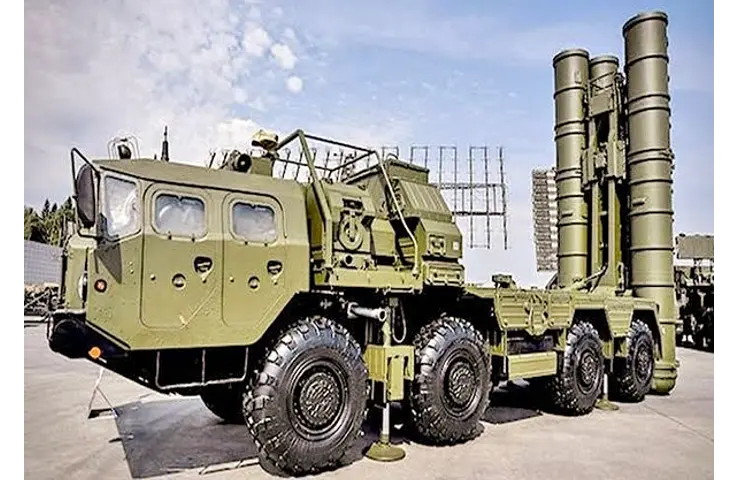India’s decision to fast-track the deployment of the exceptionally powerful S-400 Triumf air defence systems is meant to counter the threat from China, which has so far not budged from key positions in the Ladakh after it carried out multiple intrusions across the Line of Actual Control (LAC) in May 2020.
The first unit of the S-400, which can track, engage and down Chinese planes soon after take-off, will be fully deployed in April, the Hindustan Times has reported. The remaining four regiments will be up and running within a space of one year.
There is a reason for the swift deployment of the S-400 batteries. Primarily, this is because the S-400 provides enormous conventional deterrence against China. The system can Hawkeye large swathes of territory across the LAC, tightly monitoring e Chinese air bases.
The S-400 has a range between 40 and 400 Kms. With a capacity to “see” across enemy lines, mainly due to its powerful radar up to 400 kilometres, the weapon can monitor, track and engage warplanes soon after take-off.
The deployment of the S-400 restores the military balance with China, which has already deployed the same weapon in two places. The Chinese have positioned the S400s in Ngari Gar Gunsa across the LAC in Ladakh. These missiles have also been located in Nyngchi, a town which is in sniffing distance from Arunachal Pradesh, not far from where the Great horse-shoe bend of the mighty Brahmaputra, before the trans-border river roars into India.
Analysts say that the deployment of the S-400s can impact the disengagement process in Ladakh between India and China, which has still not pulled back from the Goghra-Hot Springs area. Beside the pre-intrusion patrolling routes of the India army—in the Depsang bulge area in Daulat Beg Oldie (DBO) sector and the Charding Nullah Junction (CNJ) in the Demchok sector have still not been restored. DBO is at the base of the famous Karakoram Pass—a major trade artery in the past between Leh and Kashgar in China’s Xinjiang region.
There is a perception that India’s acquisition from Russia of the S-400 missiles, will sour relations between New Delhi and Washington, which can legally sanction India under Countering America’s Adversaries Through Sanctions Act (or CAATSA).
For two reasons, the US is unlikely to apply CAATSA against India. First, the US would not like to weaken India’s hand against China, perceived as a common threat by the two countries by discouraging New Delhi from importing and deploying a highly potent weapon, just because it originates in Russia.
Second, India is already addressing Washington’s worst fears. The US is worried that sensitive data regarding American equipment with India can seep into Russian channels through the S-400 system in case the two are synced. But, already, technical solutions have been found to ensure that this does not take place.
It is therefore highly unlikely that the flow of the S-400 missiles from Russia can be impeded to balance the face-off between India and China across the LAC.
Also Read: World welcomes US sanctions on Turkey, but should India be worried?
Also Read: Will deployment of the S-400 missiles by India end the Ladakh stalemate with China?




















